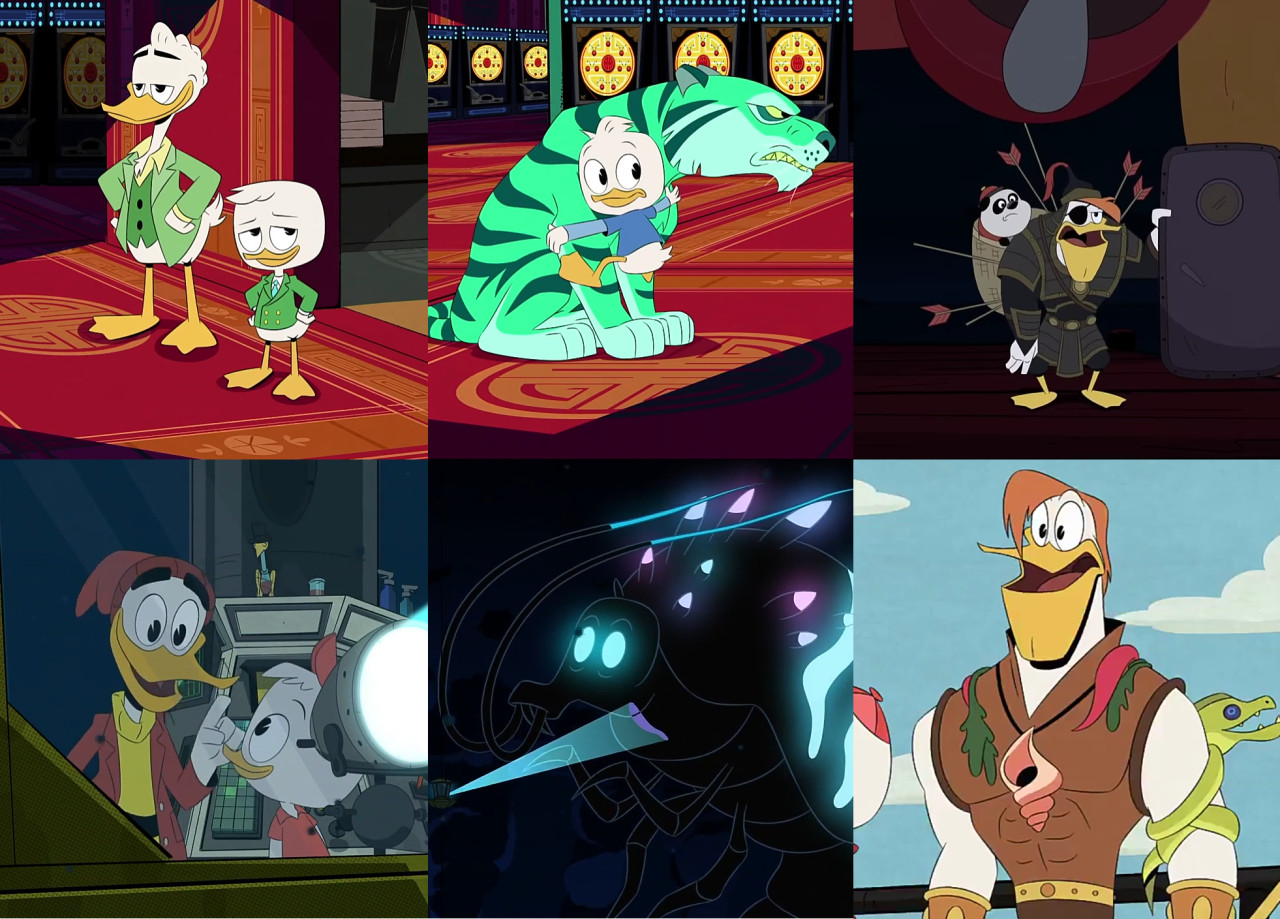Crying Cat Memes. Just the phrase itself likely conjures a specific image in your mind: a feline, often with large, expressive eyes, seemingly on the verge of tears, or already letting them flow. These images, often humorous and sometimes poignant, have become a staple of internet culture. But why do these memes resonate so deeply with us? What is it about a crying cat that captures our attention and elicits such strong reactions, from amusement to empathy? Let’s delve into the fascinating world of crying cat memes and explore their enduring appeal.
 DuckTales image, not directly related to crying cat memes, used to represent the unexpected and varied content found online, much like the unpredictable humor in meme culture.
DuckTales image, not directly related to crying cat memes, used to represent the unexpected and varied content found online, much like the unpredictable humor in meme culture.
The Rise of Feline Feelings: Tracing the Origins
While pinpointing the exact origin of crying cat memes is tricky in the ever-evolving landscape of internet trends, their popularity can be traced back to the early days of meme culture. Cats, in general, have always been internet darlings. Their quirky behaviors, independent nature, and undeniably cute faces make them perfect meme fodder. Adding the element of “crying” or sadness to these feline images injected a new layer of comedic and emotional complexity.
Early examples often featured manipulated images or simple captions overlaid on photos of cats with naturally expressive faces. These initial memes likely gained traction because they tapped into a few key elements:
- Anthropomorphism: We naturally project human emotions onto animals, especially our pets. Seeing a cat “cry” is inherently funny and relatable because we understand the feeling of sadness and disappointment.
- Contrast and Humor: The juxtaposition of a typically aloof and independent cat displaying overt sadness is inherently humorous. It’s unexpected and breaks the stereotype of the stoic feline.
- Relatability: Let’s be honest, we’ve all felt like that crying cat at some point. Whether it’s dealing with everyday disappointments, social anxieties, or just the general struggles of life, the exaggerated sadness of these memes can be surprisingly relatable.
Variations and Evolutions: A Meme for Every Mood
The beauty of crying cat memes lies in their versatility. They aren’t just one type of meme; they’ve evolved and diversified into various subgenres, catering to a wide range of emotions and comedic styles. Some popular variations include:
- The Classic Crying Cat: Often featuring a cat with digitally added tears or a naturally sad expression, these memes are straightforward and universally understood. They represent general sadness, disappointment, or feeling overwhelmed.
- The Dramatic Crying Cat: These memes amplify the sadness, often using exaggerated expressions, melodramatic captions, and sometimes even adding sound effects in video formats. They are perfect for expressing over-the-top reactions to minor inconveniences or humorous complaints.
- The “Sad Cat Holding a Burger” Meme: This specific meme, and its variations featuring other food items, gained immense popularity. It perfectly encapsulates the feeling of wanting something so badly and being denied, often in a comical and self-deprecating way.
- Crying Cat Parodies: As with any successful meme format, crying cats have been parodied and remixed countless times. They are often used to comment on current events, pop culture, or even other memes, demonstrating their adaptability and staying power.
Why They Work: The Psychology of Crying Cat Memes
The enduring popularity of crying cat memes isn’t just a random internet phenomenon. There are psychological factors at play that explain why these memes continue to capture our attention and make us laugh (or sometimes even feel a little sympathy).
- Emotional Release: Humor is a powerful coping mechanism. Crying cat memes, even though they depict sadness, often do so in a lighthearted and humorous way. They allow us to laugh at our own feelings of sadness and disappointment, providing a sense of emotional release.
- Shared Experience: Memes, by their very nature, are about shared experiences and understanding. When we see a crying cat meme, we recognize the feeling it represents and know that others do too. This shared understanding creates a sense of community and connection.
- Simplicity and Accessibility: Crying cat memes are incredibly simple to understand and share. They don’t require deep cultural knowledge or complex references. Their straightforward nature makes them accessible to a wide audience, contributing to their viral spread.
- The “Aww” Factor: Despite the sadness, there’s still an undeniable cuteness to cats, even when they look like they’re crying. This inherent “aww” factor softens the sadness and makes the memes more palatable and shareable.
Crying Cat Memes in the Modern Meme Landscape
Even in the rapidly changing world of internet memes, crying cats continue to thrive. They’ve proven to be more than just a fleeting trend; they are a foundational element of online humor. Their adaptability and relatability ensure their continued relevance.
As meme culture evolves, crying cat memes will likely continue to adapt and morph, finding new ways to express our shared human (and feline-projected) experiences. Whether it’s a classic image of a tearful tabby or a new, inventive parody, the crying cat meme is here to stay, reminding us that even in the depths of internet humor, there’s always room for a little bit of relatable, feline-induced sadness and laughter.

